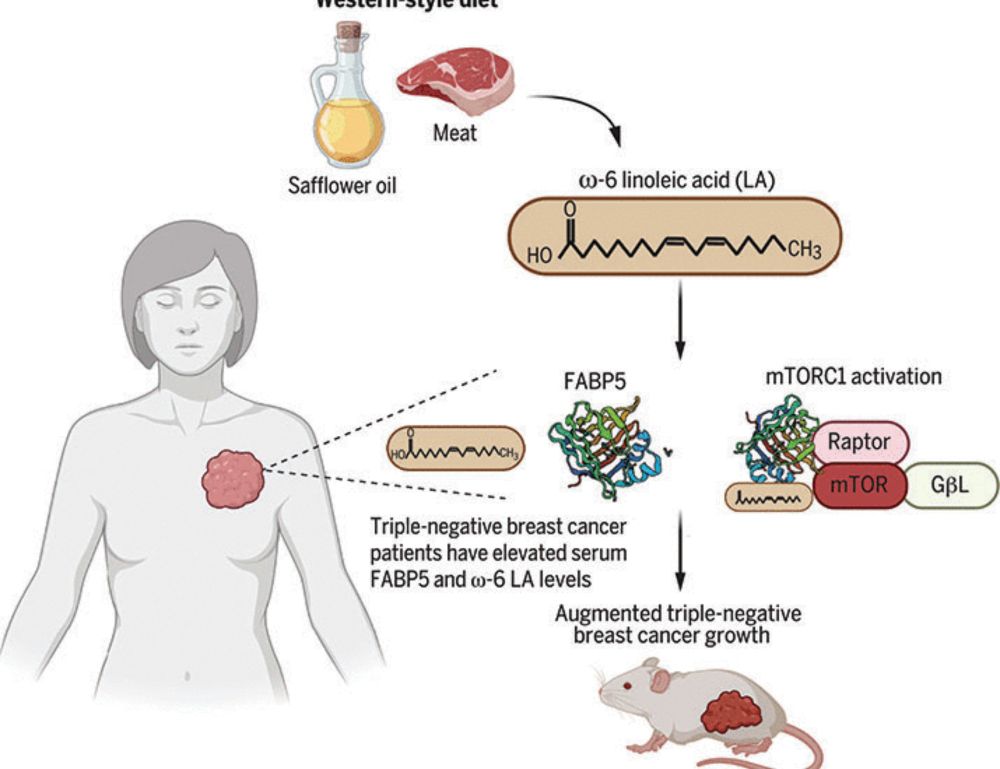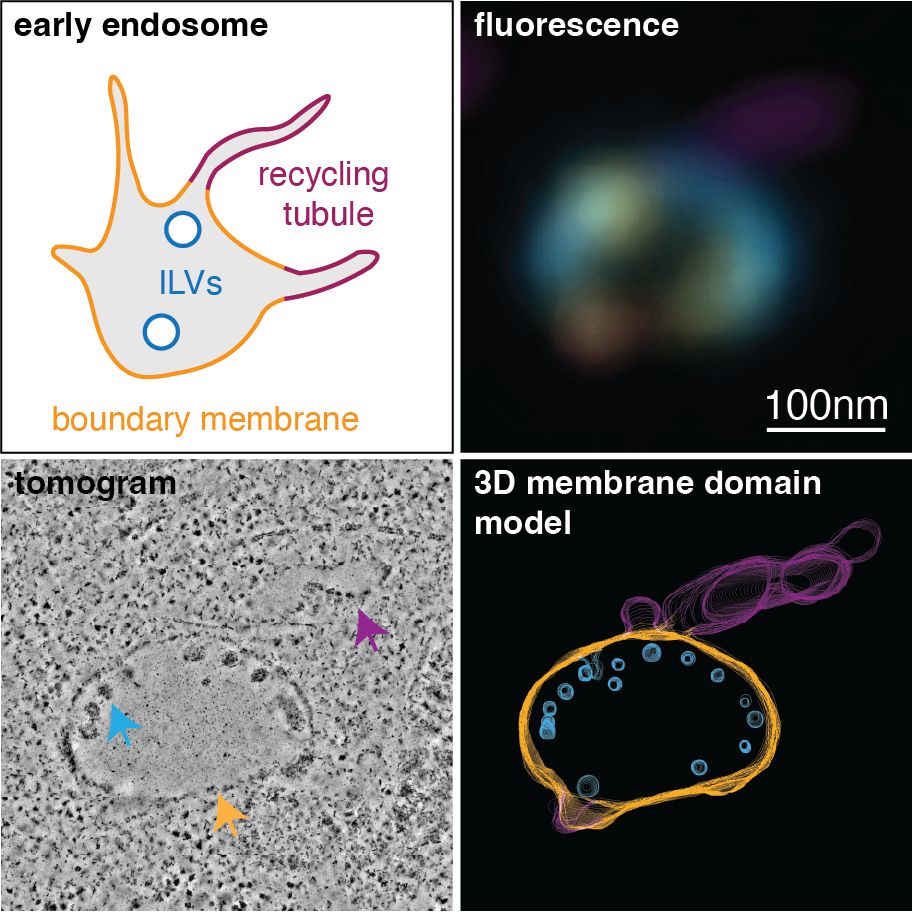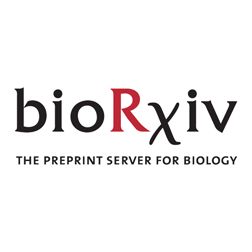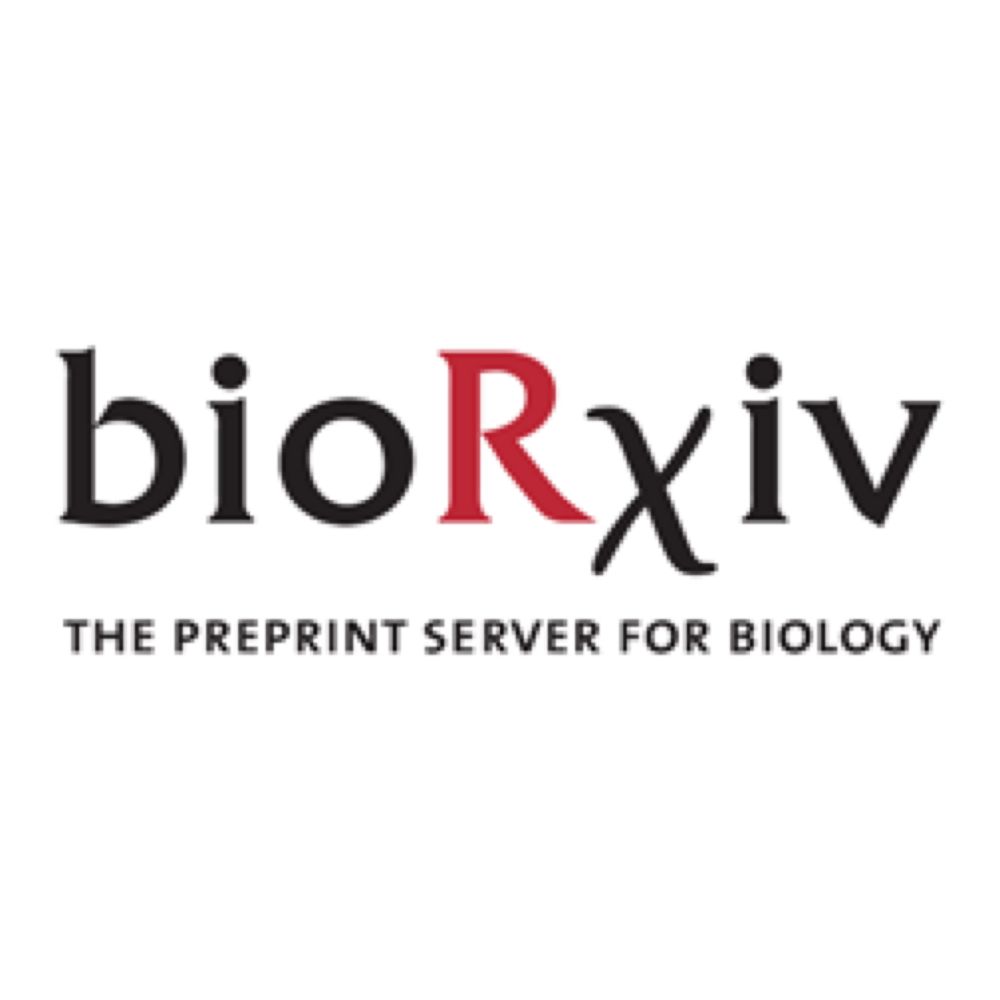
Groningen 🇳🇱




www.pnas.org/doi/10.1073/...
Thank you to everyone that has contributed!
www.pnas.org/doi/10.1073/...
Thank you to everyone that has contributed!
www.biorxiv.org/content/10.1...

www.biorxiv.org/content/10.1...



“We refuse to propose doing AI in our grants” starter pack
“What does the Golgi even do” starter pack
“We refuse to propose doing AI in our grants” starter pack
“What does the Golgi even do” starter pack

Anandamide is involved in memory generalization induced by stress. Find the paper here and a nice write-up below
www.cell.com/cell/abstrac...
Anandamide is involved in memory generalization induced by stress. Find the paper here and a nice write-up below
www.cell.com/cell/abstrac...

Including new broad-spectrum kinase probes
www.biorxiv.org/content/10.1...

Including new broad-spectrum kinase probes
www.biorxiv.org/content/10.1...




🔗 www.biorxiv.org/content/10.1...
1/5

🔗 www.biorxiv.org/content/10.1...
1/5
web.cvent.com/event/7b3b6c...
web.cvent.com/event/...

web.cvent.com/event/7b3b6c...

www.nature.com/articles/s41...

www.nature.com/articles/s41...


